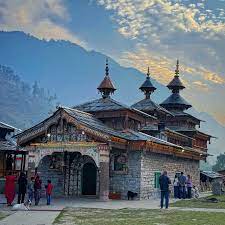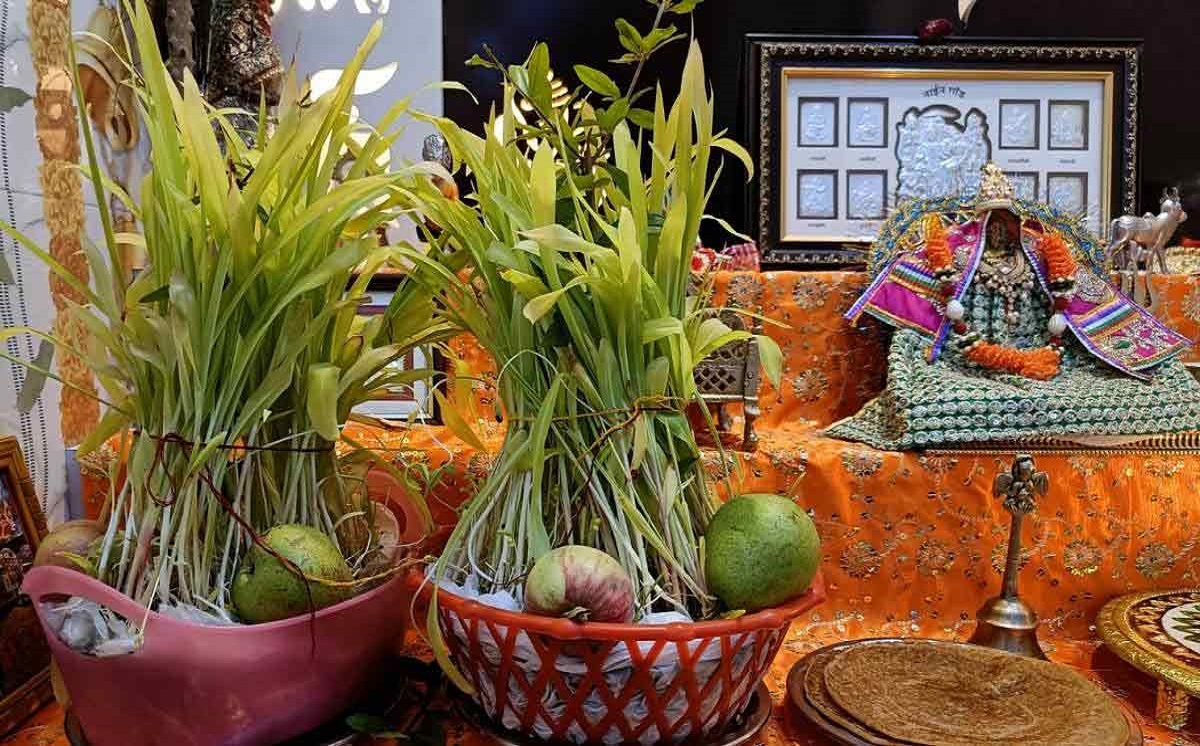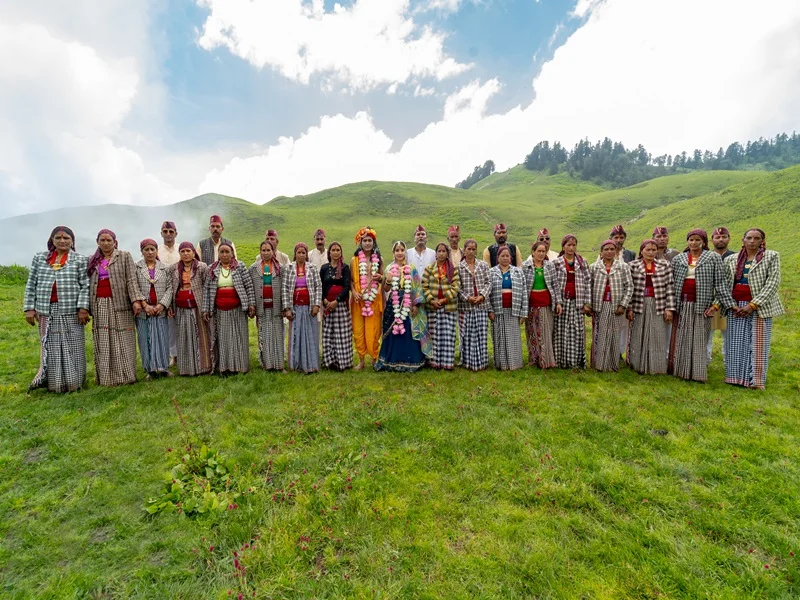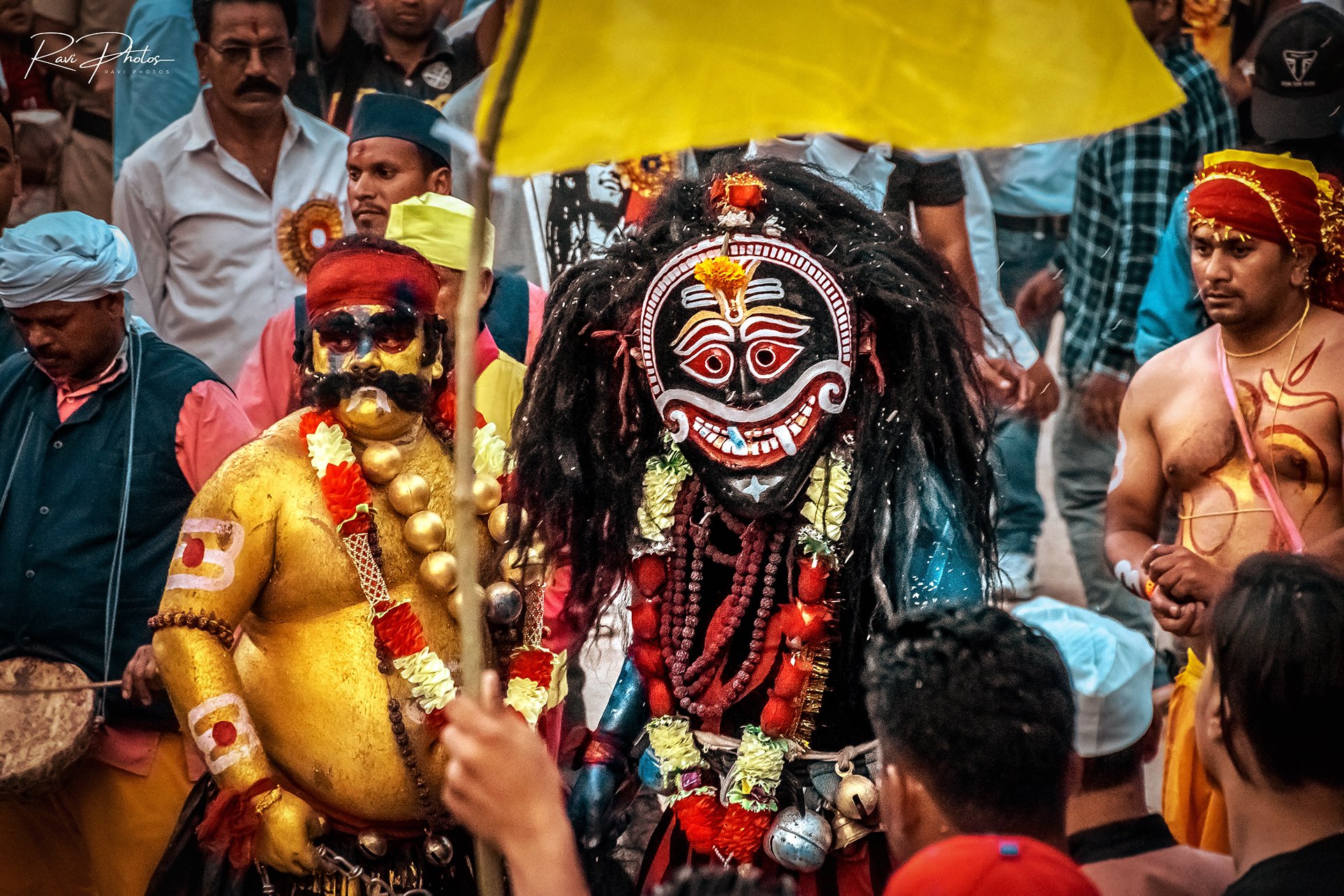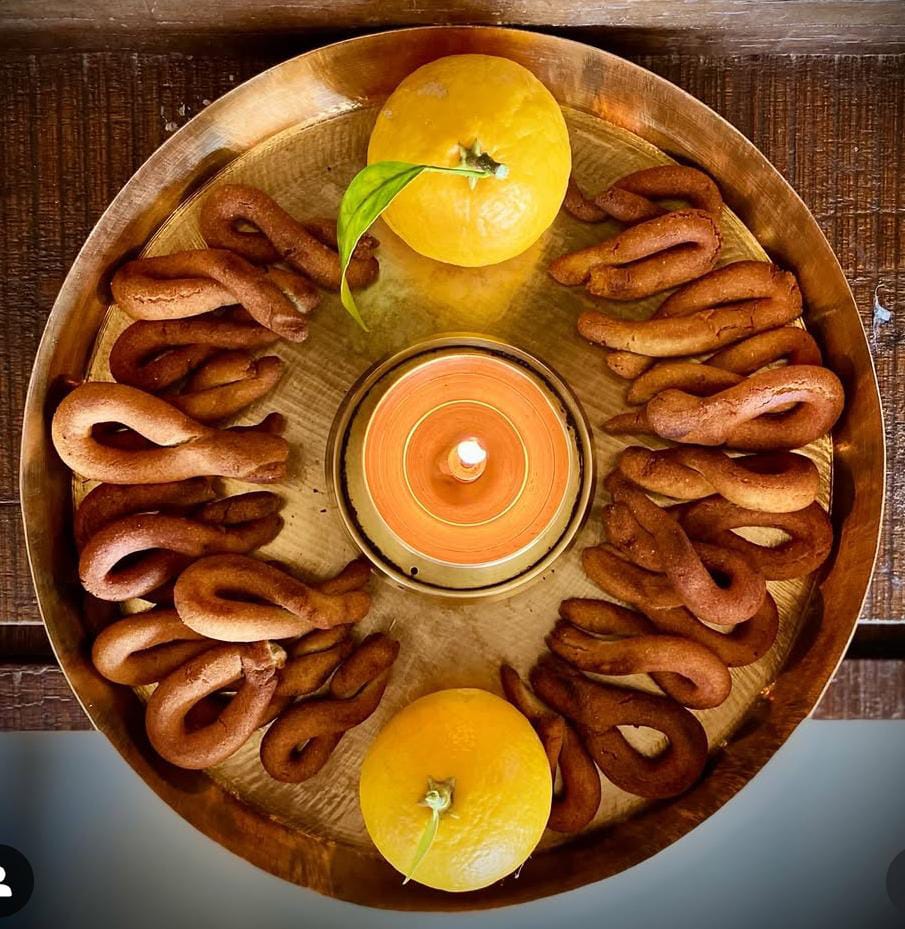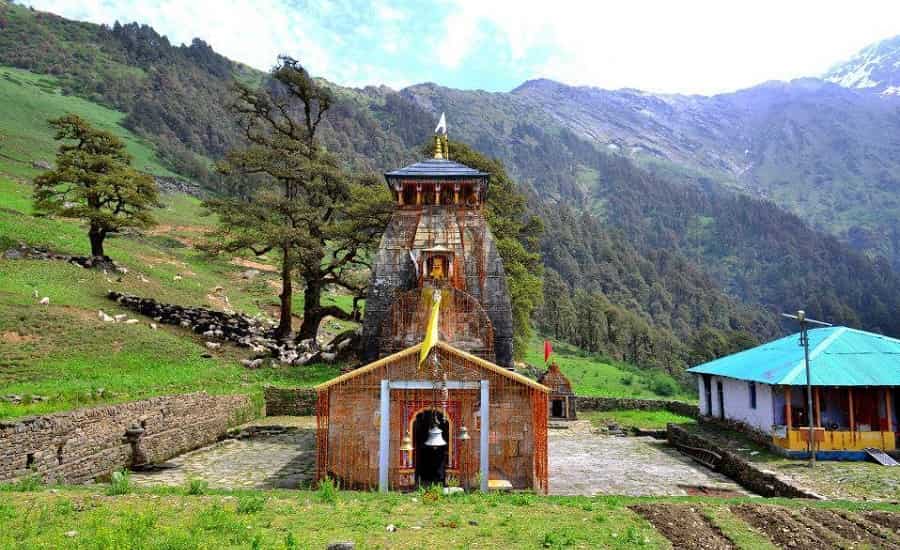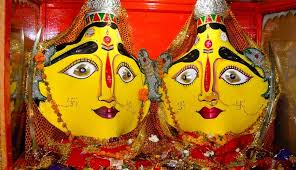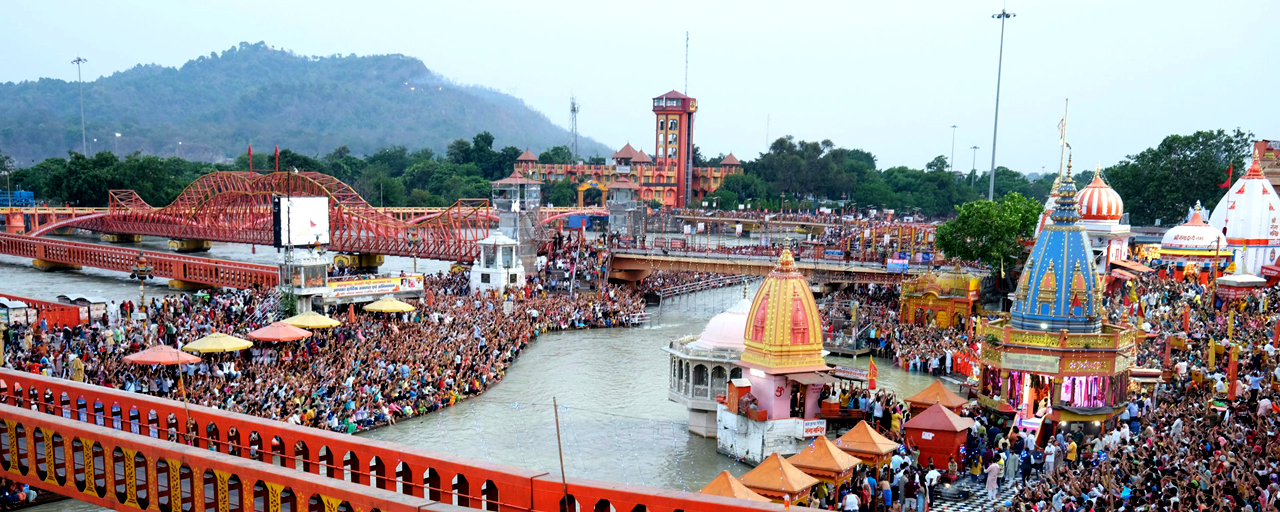Some festivals greet flowers with garlands. The कंडली उत्सव (Kandali Festival) greets them with sticks, songs, and laughter. Once in twelve years, the Kandali shrub (कंडली का पौधा) blooms in the high valleys of चौंदास घाटी (Chaudans Valley) in Pithoragarh. When it does, people don’t just admire it. They gather, they sing, they uproot it together.
It’s not the celebration of a gentle blossom. It is the celebration of survival, memory, and togetherness.
The Shrub That Waits Twelve Years
The कंडली पौधा has always been known as stubborn, itchy, and even poisonous. Elders warn children not to touch it. But when it blooms, everything changes. Villagers leave their daily work behind. For the रंग (Rung) or Shauka tribe, this rare bloom is a signal. It calls them out of their homes to honor memory and join in a ritual that has lived for centuries.
The flower is short-lived, but what it brings lasts forever in the community’s stories.
A Procession of Color and Noise
The festival is led by women. Draped in ornaments, wrapped in bright shawls, they carry रिल (Ril), the wooden tool they usually use for weaving. The same tool becomes a weapon for this ritual. Behind them, men follow with ढाल (shields), sticks, or sometimes just empty hands, humming along with the rhythm.
They march together until they reach the bushes. A drumbeat starts. Songs rise. Women strike the shrubs with their ril. Men uproot what remains. Laughter and chants blend with the cracking of branches.
One story says the tradition began in 1841, when invaders used the Kandali shrubs as cover. Women led the resistance, destroying both the bushes and the threat behind them. Another tale tells of a boy who died after tasting the root of the plant. His mother cursed it, and since then, every bloom ends in destruction.
Whichever story you believe, the heart of it is the same. Kandali is linked with sorrow and danger. Uprooting it becomes an act of strength and protection.
Rituals in Every Home
The festival doesn’t start only in the fields. It begins in homes. Each family makes a small शिवलिंग (Shivling) out of buckwheat or barley flour. Seeds or locally brewed liquor are offered on it. A branch is leaned against a corner, covered with a white cloth, while a ध्वज (flag) of white is raised outside. These little acts bring the sacred into the everyday.
Only then does the village gather, ready for the uprooting.
Songs, Feasts, and Stories
After the shrubs are struck down, rice is thrown to the sky, like a prayer carried by the wind. Then comes food, rotis of barley, dishes made from buckwheat, and cups of local drink. People dance in circles, the beats of ढोल (dhol) echoing across the valley.
It is not a performance for tourists. It is a feast for the people themselves. Stories are retold, how ancestors fought, how women became warriors, how pain was turned into memory.
A Festival of Meaning, Not Display
- Kandali Festival doesn’t come every year. That’s why when it does, it carries weight.
- It shows women as leaders, protectors, storytellers.
- It ties the community to the rhythm of nature, twelve-year cycles no calendar can erase.
- It honors sorrow and turns it into strength.
- It binds memory to land, to a plant most would ignore, but here becomes sacred.
This is not a festival of surface. It is one of the roots.
If You Were There
Imagine the morning. Mist hangs on the ridges of the Himalayas. Children run barefoot on narrow paths, shouting that the उत्सव (utsav) is starting. Inside mud houses, women prepare flour lingas, whispering quiet blessings.
The valley stirs. Drums beat louder. Women step forward, jewelry clinking, rifle in hand. They strike. The bushes fall. Rice showers into the sky. Men laugh, children cheer, songs fill the air.
The ground smells of crushed leaves. A sudden gust of wind carries the sound far into the hills. You stand there, not just watching a ritual, but feeling the heartbeat of a people who have kept memory alive through action.
What Stays After
The festival ends as quickly as it begins. Fields fall silent again. The shrubs lie uprooted. Families return to farming, to tending cattle, to daily life. But something lingers.
Memories stay in conversations around the hearth:
- A grandmother remembering the last bloom.
- A child proudly says he saw his mother strike the bushes.
- A young man laughed about the songs sung too loudly after the drink flowed.
And then, time passes. Twelve years later, the plant blooms again. Another generation gathers. The cycle repeats.
Why It Matters Today
In a world rushing forward, Kandali Festival feels like a reminder to pause. It tells us stories are not always written in books. They are written in plants, in soil, in the rhythm of twelve years.
It reminds us that women’s strength is at the core of tradition. That sorrow can be turned into ritual. That faith is not only in temples but also in the act of pulling a plant from the earth together.
For the people of Chaundans Valley, Kandali is not just a shrub. It is memory, history, community. When it blooms, it asks them to remember who they are.
Closing
The कंडली उत्सव (Kandali Festival) is not flashy. It is not meant for spectacle. It is quiet, powerful, and rare. Once every twelve years, when the shrubs bloom, people gather not just to see, but to act. They strike, uproot, feast, and sing.
And in those moments, faith is not about distance traveled or offerings made. It is about standing shoulder to shoulder, remembering the tales of ancestors, and turning pain into celebration.
When you stroll away, you convey with you more than the sight of fallen shrubs. You deliver the echo of drums, the laughter of children, the strength of women leading the rate, and the fragrance of earth torn open. That is what makes Kandali Festival eternal.


